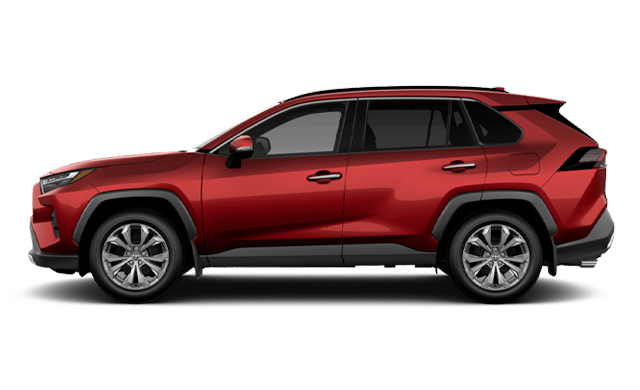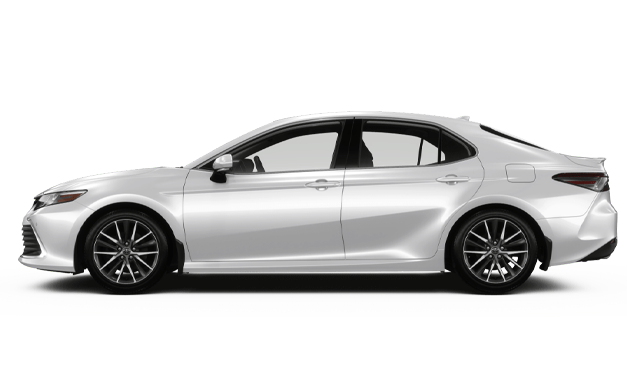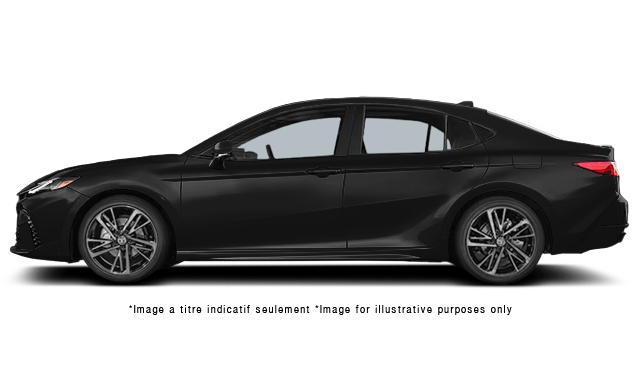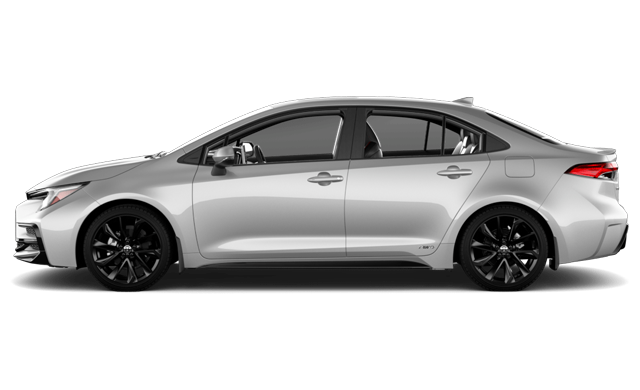
Never compromise on performance. With Toyota hybrid vehicles, get the same - or greater - level of performance that you loved with their conventional gas counterparts!
Seamlessly combining performance, design and reliability, there has never been a better time to opt for a hybrid vehicle among Toyota's vast selection of subcompacts, sedans and SUVs.
WHY CHOOSE A HYBRID TOYOTA VEHICLE?
Power, performance and reliability are there to stay in Toyota hybrids, and we never compromise. Hybrid vehicles do not need to be plugged in; their battery charges by itself while you drive. The hybrid engine doesn't require any additional routine maintenance.
With its hybrid lineup, Toyota has prevented, since 1997, 94 million tons of CO2 emissions globally. Toyota hybrid vehicles allow you to reduce your carbon footprint without changing any of your driving or fuelling habits. With all these benefits and a vast selection of models, why not choose hybrid?
HOW DOES IT WORK?
Toyota hybrids use an electric system as well as a gas-fuelled system. The optimal combination of both is made automatically, without the driver's intervention. These vehicles can therefore operate in electric-only mode, gas mode or a combination of both. The hybridity of the engine produces up to 70% less CO2 emissions than conventional gas-powered vehicles, without compromising performance.
Toyota hybrid models offer a range of benefits while combining performance, CO2 emissions reduction and safety. With the most varied hybrid lineup on the market, Toyota has a model for every need and lifestyle.

Never compromise on performance. With Toyota hybrid vehicles, get the same - or greater - level of performance that you loved with their conventional gas counterparts!

With Toyota hybrids, you don't need to change your driving habits nor how you fuel your vehicle. Toyota's Hybrid Synergy Drive works in the background so you can hit the road just like you're used to!

Toyota hybrids do not need to be plugged in. Their Hybrid Synergy Drive system takes care of charging the battery by itself for you.

There is no need to pay additional fees for the maintenance of Toyota hybrids as they follow the same maintenance schedule as regular gas-powered vehicles.

Plug-in hybrid electric vehicles (PHEVs) can be plugged in to extend the electric autonomy of the vehicle. The Prius Prime model, for example, has a total range of up to 1,035 km* with a full tank of gas and fully charged battery.

Toyota launched its first hybrid vehicle, the Prius, in 1997. Since then, with its hybrid lineup, it has saved over 94 million tons of CO2 emissions globally.

Join the movement for sustainable transport by choosing a hybrid Toyota vehicle. Toyota is committed to promoting the environment and sustainability through the reduction of emissions by new Toyota vehicles by 90%, by 2050, compared to 2010 levels.

Once the time comes, hybrid batteries can be recycled or repurposed for a different use, just like any other battery.

At Toyota, safety is our priority. All our vehicles - hybrid models included - are tested for life in the Canadian climate and follow the Canada Motor Vehicle Safety Standards. Our suite of active safety technologies, Toyota Safety Sense, is also included with every hybrid vehicle.

Toyota hybrids have been designed with Canadian winters in mind. They have also been rigorously tested in the cold to ensure they're ready to hit the road in every weather.

The batteries found in Toyota hybrids are designed to last and are covered by an 8-year or 160,000 km warranty, just like the other hybrid components of the vehicle. For over 98% of our hybrid vehicles sold in Canada since 2001, the original battery hasn't been replaced yet.
The vast hybrid lineup offered by Toyota has vehicles for every need. From subcompacts to sedans and SUVs, Toyota has something for every lifestyle.

Photo for illustrative purposes only.
Available from
$38,614 *on cash purchase
Plus HST & LicensingLease from
with $0 cash down

Photo for illustrative purposes only.
Available from
$35,284 *on cash purchase
Plus HST & LicensingFinance from
with $0 cash down

Photo for illustrative purposes only.
Available from
$36,894 *on cash purchase
Plus HST & LicensingFinance from
with $0 cash down

Photo for illustrative purposes only.
Available from
$29,284 *on cash purchase
Plus HST & LicensingLease from
with $0 cash down
Toyota hybrid models offer a range of benefits while combining performance, CO2 emissions reduction and safety. With the most varied hybrid lineup on the market, Toyota has a model for every need and lifestyle.
